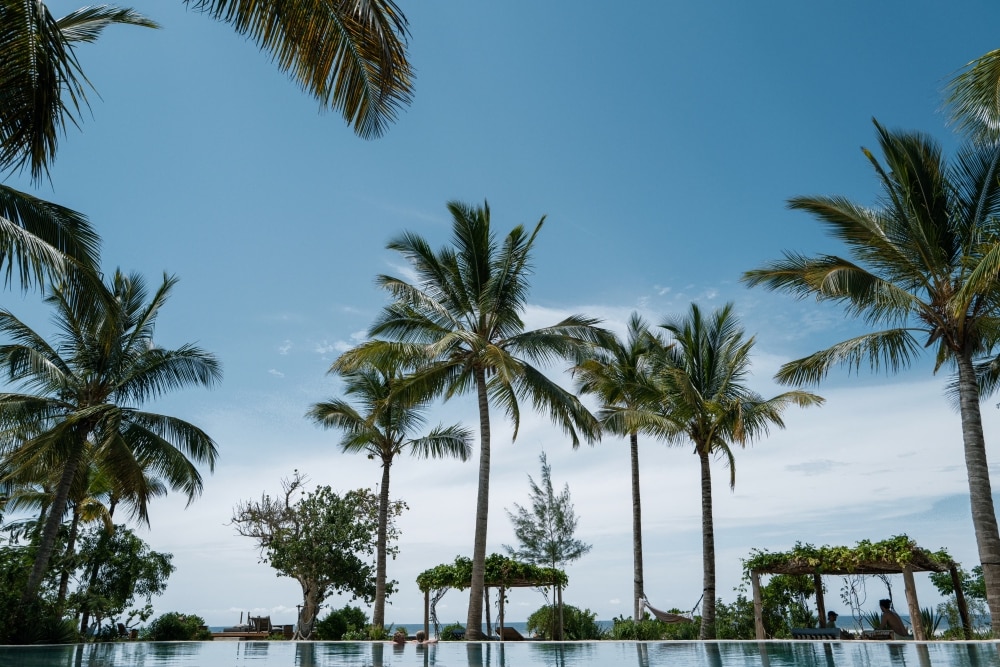Things to do in Surakarta
Find and book activities, attractions and tours
- Explore activitiesExplore thousands of experiences from activities and attractions to day tours and transfer.
- Book with easeSkip the line- book tickets online in minutes to top attractions with free cancellation on many activities.
- Treat yourselfMembers save % or more when you book activities.
What to do in Surakarta
Discover the most popular places to visit in Surakarta
Solo Paragon Lifestyle Mall
During your trip to Surakarta, you can do some window-shopping at Solo Paragon Lifestyle Mall. Experience the museums and musical theater in this culturally rich area.
Universitas Sebelas Maret
Explore the campus of Universitas Sebelas Maret, during your trip to Surakarta. Take in the musical theater in this culturally rich area.
Muhammadiyah University of Surakarta
Walk around the campus at Muhammadiyah University of Surakarta as part of your travels around Kartosuro.
Mangkunegaran Palace
Mangkunegaran Palace is just one of the places to see in Surakarta, so why not enjoy the other things to explore during your travels? Experience the museums and musical theater in this culturally rich area.
Kraton Surakarta
You can learn about the history of Surakarta with a visit to Kraton Surakarta. Experience the museums and musical theater in this culturally rich area.
Klewer Market
During your trip to Surakarta, you can enjoy retail therapy at Klewer Market. Experience the museums and musical theater in this culturally rich area.
Gede Market
During your trip to Surakarta, you can enjoy retail therapy at Gede Market. Experience the museums and musical theater in this culturally rich area.
The Heritage Palace
You can spend time studying the exhibits at The Heritage Palace in Kartosuro.
Discover the most popular landmarks and neighborhoods in Surakarta
![At the museum no photos are allowed which is really unfortunate as it was well worth the visit and the guided tour is definitely not to be missed. In the museum there are even Batik made from the Dutch era which depicts stories like Little Red Riding Hood and Snow White!
I enjoyed the tour v much and at the end of the tour we were brought to this room where the artisan were working on hand drawn batik.
Below is an excerpt from Wikipedia for anyone interested in learning more about the process of batik making.
Firstly, a cloth is washed, soaked and beaten with a large mallet. Patterns are drawn with pencil and later redrawn using hot wax, usually made from a mixture of paraffin or bees wax, sometimes mixed with plant resins, which functions as a dye-resist. The wax can be applied with a variety of tools. A pen-like instrument called a canting (IPA: [tʃantiŋ], sometimes spelled with old Dutch orthography tjanting) is the most common. A canting is made from a small copper reservoir with a spout on a wooden handle. The reservoir holds the resist which flows through the spout, creating dots and lines as it moves. For larger patterns, a stiff brush may be used. Alternatively, a copper block stamp called a cap (IPA: [tʃap]; old spelling tjap) is used to cover large areas more efficiently.
After the cloth is dry, the resist is removed by scraping or boiling the cloth. The areas treated with resist keep their original color; when the resist is removed the contrast between the dyed and undyed areas forms the pattern. This process is repeated as many times as the number of colors desired.
The most traditional type of batik, called batik tulis](https://mediaim.expedia.com/destination/2/9cd999fbd1cf55cbfe1f78176d52a342.jpg?impolicy=fcrop&w=350&h=192&q=medium)
Solo City Centre
You'll enjoy the museums and zoo in Solo City Centre. You might want to make time for a stop at Solo Paragon Lifestyle Mall or Keprabon Park.
![At the museum no photos are allowed which is really unfortunate as it was well worth the visit and the guided tour is definitely not to be missed. In the museum there are even Batik made from the Dutch era which depicts stories like Little Red Riding Hood and Snow White!
I enjoyed the tour v much and at the end of the tour we were brought to this room where the artisan were working on hand drawn batik.
Below is an excerpt from Wikipedia for anyone interested in learning more about the process of batik making.
Firstly, a cloth is washed, soaked and beaten with a large mallet. Patterns are drawn with pencil and later redrawn using hot wax, usually made from a mixture of paraffin or bees wax, sometimes mixed with plant resins, which functions as a dye-resist. The wax can be applied with a variety of tools. A pen-like instrument called a canting (IPA: [tʃantiŋ], sometimes spelled with old Dutch orthography tjanting) is the most common. A canting is made from a small copper reservoir with a spout on a wooden handle. The reservoir holds the resist which flows through the spout, creating dots and lines as it moves. For larger patterns, a stiff brush may be used. Alternatively, a copper block stamp called a cap (IPA: [tʃap]; old spelling tjap) is used to cover large areas more efficiently.
After the cloth is dry, the resist is removed by scraping or boiling the cloth. The areas treated with resist keep their original color; when the resist is removed the contrast between the dyed and undyed areas forms the pattern. This process is repeated as many times as the number of colors desired.
The most traditional type of batik, called batik tulis](https://mediaim.expedia.com/destination/2/9cd999fbd1cf55cbfe1f78176d52a342.jpg?impolicy=fcrop&w=350&h=192&q=medium)
Banjarsari
While visiting Banjarsari, you might make a stop by sights like Solo Paragon Lifestyle Mall and Balekambang City Park.

